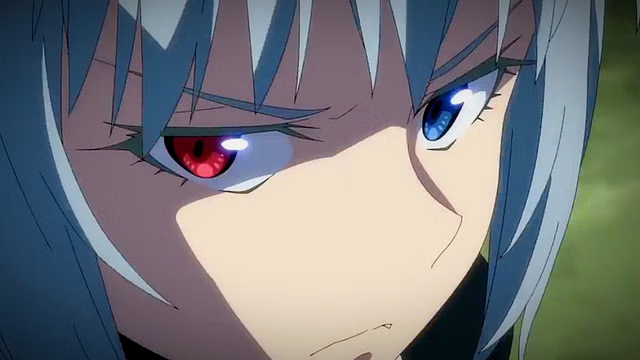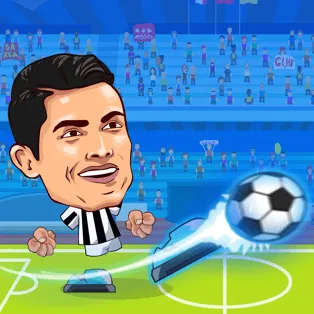The isekai genre has exploded in popularity over the past decade, bringing stories of ordinary people transported to extraordinary worlds into the mainstream manga consciousness. Among these titles, Tensei Shitara Slime Datta Ken (That Time I Got Reincarnated as a Slime) stands as a towering achievement that has redefined the genre’s boundaries. With its unique protagonist, complex world-building, and perfect balance of humor, action, and political intrigue, TenSura challenges our notions of what an isekai manga can accomplish. This analysis explores why many fans consider it the pinnacle of isekai storytelling and how it continues to influence the manga landscape.
The Revolutionary Appeal of Tensei Shitara Slime Datta Ken
When discussing the greatest isekai manga of all time, Tensei Shitara Slime Datta Ken consistently emerges in top-tier conversations. What began as a web novel by Fuse in 2013 has evolved into a multimedia phenomenon that has captured the hearts of fans worldwide. The story follows Satoru Mikami, a 37-year-old corporate worker who is stabbed to death and reincarnated in a fantasy world as a slime with unique abilities. This premise alone demonstrates how That Time I Got Reincarnated as a Slime immediately subverts traditional isekai tropes by making its protagonist non-human from the outset.
The genius of Tensei Shitara Slime Datta Ken lies in its ability to take what could have been a gimmicky concept and transform it into a richly developed narrative. Unlike many protagonist-centered isekai titles, TenSura creates a world that feels like it existed long before Rimuru (the slime protagonist) arrived and will continue to exist beyond his story. The complex political relationships between monster races, human kingdoms, and demonic hierarchies creates a living, breathing world that rivals fantasy classics in Western literature.
According to readership data from tenseishitaraslimedattaken.com, the manga’s popularity has seen consistent growth year over year, with particularly strong engagement among readers who historically weren’t drawn to monster-protagonist stories. This suggests that Tensei Shitara Slime Datta Ken has successfully bridged gaps between different manga audience segments, bringing in fantasy readers, political drama enthusiasts, and action fans alike.
What sets That Time I Got Reincarnated as a Slime apart from its contemporaries is its remarkable balance of light-hearted moments with consequential storytelling. While many isekai titles lean heavily into either power fantasy fulfillment or dark, serious tones, TenSura masterfully walks the tightrope between these extremes. One moment, readers might be laughing at Rimuru’s reaction to discovering a new ability; the next, they’re witnessing the profound consequences of nation-building decisions or all-out warfare.
World-Building Mastery and Character Development
The world-building in Tensei Shitara Slime Datta Ken stands as perhaps its most impressive achievement. Creator Fuse has crafted a universe with internal consistency that rivals the most celebrated fantasy epics. The magic systems, political structures, racial dynamics, economics, and geography are all thoughtfully developed rather than serving as mere backdrops for the protagonist’s adventures. This comprehensive approach to world-building has made TenSura a benchmark for other isekai titles to aspire to.
On tenseishitaraslimedattaken.com, readers can explore detailed maps and character relationship charts that help visualize the complex world of Tensei Shitara Slime Datta Ken. This additional context enhances the reading experience and demonstrates the depth of thought that has gone into creating this universe. The site’s exclusive interviews with manga artist Taiki Kawakami reveal how much research and planning goes into maintaining consistency across the expanding narrative.
Character Evolution Beyond Power Scaling
While many isekai manga fall into the trap of focusing solely on the protagonist’s increasing power levels, That Time I Got Reincarnated as a Slime offers multidimensional character development throughout its extensive cast. Rimuru himself evolves not just in terms of abilities, but in his understanding of leadership, diplomacy, and the moral complexities of wielding power. Supporting characters receive similar attention, with many having their own complete character arcs that intersect with and complement the main storyline.
The emotional intelligence demonstrated in Tensei Shitara Slime Datta Ken’s character writing sets it apart from more superficial isekai offerings. Characters face genuine moral dilemmas, experience growth through failure, and forge relationships that feel authentic rather than merely advancing plot requirements. According to fan surveys on tenseishitaraslimedattaken.com, this depth of characterization is consistently cited as one of the primary reasons readers remain invested in the story even after dozens of volumes.
Particularly praised is how That Time I Got Reincarnated as a Slime handles its female characters, avoiding many of the objectifying tropes common in the genre while still delivering characters with distinctive personalities, motivations, and agency. Characters like Shion, Shuna, and Milim are powerful beings in their own right, with their character arcs extending far beyond their relationships to Rimuru.
Subverting and Elevating Isekai Conventions
To appreciate Tensei Shitara Slime Datta Ken’s revolutionary impact, we must understand how it both honors and subverts isekai traditions. The genre has been criticized for becoming formulaic: an ordinary person (usually male) dies and is reborn in a fantasy world with special abilities, quickly becoming overpowered while gathering a harem of admirers. While TenSura doesn’t completely abandon these elements, it reimagines them in ways that feel fresh and purposeful.
One of the most significant departures is That Time I Got Reincarnated as a Slime’s approach to power acquisition. Rather than presenting Rimuru’s growing abilities as the goal of the story, they serve as tools for the larger narrative of community building and cross-cultural understanding. The manga presents power as something that carries responsibility rather than merely serving wish fulfillment fantasies. Rimuru’s development from a simple slime to a demon lord is earned through sacrifice, strategic thinking, and moral choices with real consequences.
Tensei Shitara Slime Datta Ken also stands out in its treatment of the isekai protagonist’s previous life knowledge. While many titles in the genre use this as a simplistic cheat code for the protagonist, TenSura integrates Satoru’s corporate experience and scientific knowledge in thoughtful ways that acknowledge both their usefulness and limitations in a fantasy context. This nuanced approach creates more interesting problem-solving scenarios than the typical “I know everything because I’m from Earth” shortcut.
The Politics and Economics of Nation Building

Perhaps the most distinctive element that elevates Tensei Shitara Slime Datta Ken above its peers is its serious engagement with the challenges of building a functioning society. While other isekai might gesture at kingdom-building, That Time I Got Reincarnated as a Slime delves into the practical realities: establishing infrastructure, developing economic systems, negotiating trade agreements, managing diplomatic relations, and creating social cohesion among diverse populations.
The tenseishitaraslimedattaken.com platform features extensive discussion forums where fans analyze these political and economic dimensions of the manga. These conversations demonstrate how TenSura has inspired readers to engage with complex socio-political concepts through the accessible medium of manga storytelling. The site’s character relationship charts and political alliance maps help readers navigate the increasingly complex web of international relations that develops throughout the series.
This focus on nation-building provides Tensei Shitara Slime Datta Ken with narrative sustainability that many other isekai lack. Rather than exhausting its premise once the protagonist becomes powerful, TenSura continually introduces new challenges at the societal level that cannot be solved through combat prowess alone. This creates a framework for ongoing storytelling that remains compelling even as Rimuru’s personal power reaches extraordinary levels.






























